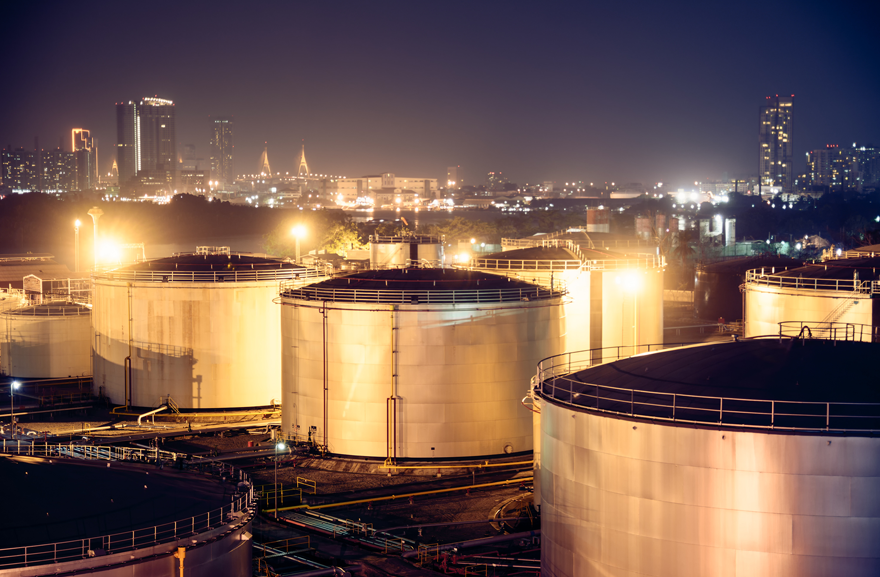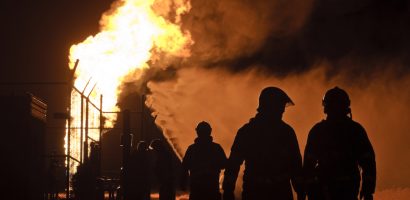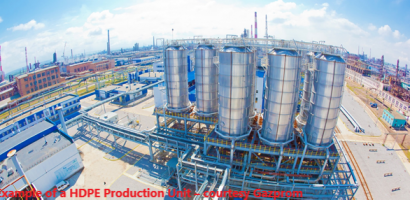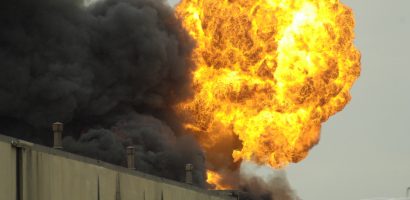Flammable and combustible liquids are used in many industries to make products such as fuels, chemicals, medicines, plastics, solvents, refrigerants, thinners, cleaners, adhesives, paints, waxes, polishes, etc. These industries are exposed to a serious risk of a fire, flash fire or explosion during the handling, processing, and storage of these materials. There is a risk of a fire if/when a fuel, an oxidant (e.g. oxygen in air), and an ignition source are present in one location, concurrently. To assess the risk of fire or explosion at a facility and to determine the necessary measures for ensuring safety, the flammability characteristics of the liquids and vapors must be determined. Safety-critical flammability properties include:

Flash Point Test
The flash point of a liquid is the minimum temperature at which the liquid gives off sufficient vapor to form an ignitable mixture with air near the liquid surface that is capable of propagating flame away from the ignition source. Flash point is a fundamental property of a liquid and directly relevant to the fire and explosion risk posed by the liquid. Flash point is most commonly measured according to the requirements of the American Society for Testing and materials (ASTM) D93 (Pensky-Martens Closed Cup). However, depending on the nature of the liquid and operating/handling conditions the following methods may be selected:
- ASTM D56 (Tag Closed up)
- ASTM D92 (Cleveland Open Cup)
- ASTM D1310 (Tag Open up)
- ASTM D3278 (Setaflash Closed Cup)
Limits of Flammability Test
Mixtures of dispersed combustible materials (such as gaseous or vaporized fuels) and air will burn and propagate flame away from the ignition source only if the fuel concentration is within lower and upper limits, referred to as flammability limits or explosive limits. No explosion is possible outside the lower and upper limits of flammability. Lower Flammable Limit (LFL) is the minimum concentration of vapor or gas in air below which flame propagation does not occur on contact with a sufficiently large ignition source. The LFL decreases with increasing temperature; thus, a mixture that is below its LFL at a given temperature may be ignitable if heated sufficiently. The equilibrium concentration of a vapor above a liquid surface at its closed-cup flash point temperature is equal to the Lower Flammable Limit for that liquid. Upper Flammable Limit (UFL) is the maximum concentration of a vapor or gas in air above which flame propagation away from the ignition source does not occur. Lower and upper Limits are usually expressed in volume percent. Limits of flammability are determined according to the requirements of the American Society for Testing and Materials (ASTM) E681, Standard Test Method for concentration.
Autoignition Temperature (AIT) Test
The autoignition of a substance is the temperature at which the vapor ignites spontaneously from the heat of the environment without the presence of an ignition source such as a spark or flame. AIT is the temperature at which air oxidation leads to ignition. Autoignition, by its very nature, is dependent on the chemical and physical properties of the material and the method used for its determination. The factors that can influence Autoignition Temperature include ignition delay, vapor concentration, test volume, pressure, oxygen content, and catalytic material. The Autoignition Temperature (AIT) is determined according to the requirements of the American Society for Testing and Materials (ASTM) E659, Standard Test Method for Autoignition Temperature of Chemicals.



